The theory of plate tectonics is derived from the study of the seafloor and is a key to understanding the shape of the earth.
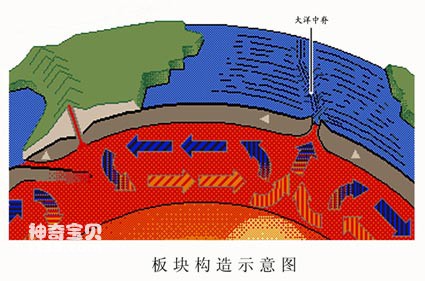
Schematic diagram of plate tectonics
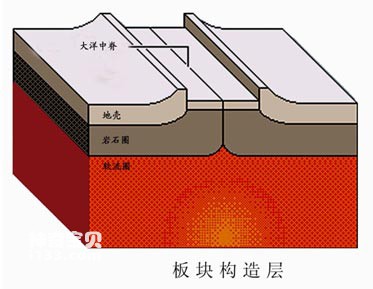
plate tectonic layer
The Earth's surface is formed by the merger of some plates. These plates are like icebergs floating on the sea surface, floating on the molten mantle magma. The so-called plate tectonics refers to these hard rock plates and their movement system. There are mainly six basic plates on the surface of the earth. The plates are as solid as rocks, their interiors are stable, and the crust is relatively quiet. The junctions between the plates are areas of intense crustal movement, where volcanic eruptions, earthquakes, and rock formations often occur. extrusion wrinkles and fractures.
Among the six major plates, the Pacific Plate is entirely composed of oceanic lithosphere, while the Atlantic Ocean is separated by the central ocean submarine mountains. Half of it belongs to the Eurasian Plate and the African Plate, and half belongs to the American Plate. The Indian Ocean is also divided by herringbone submarine mountains, so that the bottom of the Indian Ocean belongs to the African Plate, the Indian Plate and the Antarctic Plate respectively. Therefore, these plates are composed of oceanic lithosphere and continental lithosphere, which includes oceans and continents.

seafloor spreading
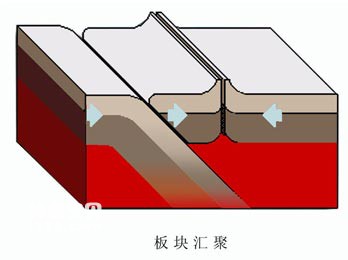
Convergence of sectors
Why do plates move and where does their power come from? Current scientific knowledge tells us that it is mainly thermal convection deep in the mantle. The deep core of the earth is called the core, and it is molten at high temperatures. It heats the mantle outside the core. The mantle is very hot and the rock layers close to the core melt. The thermal conductivity of the lower part of the mantle cannot effectively dissipate the heat from the core, causing heat to accumulate, causing the mantle to gradually increase in temperature, and the mantle material to become a plastic state, forming a convective movement. Thermal convection in the Earth's mantle rises at submarine mountains (also called mid-ocean ridges) in the ocean. It moves horizontally along the seafloor to the trench island arc zone at the edge of the ocean, cools as it moves horizontally over long distances, sinks along the trench zone, and disappears back into the high-temperature mantle layer.
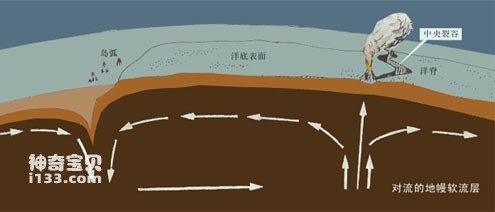
The convective mantle asthenosphere during seafloor spreading
Due to the convective movement of the earth's mantle, the plates floating on it are also driven to move horizontally. Therefore, thermal convection in the mantle is the conveyor belt that drives plate movement. The plates move apart from each other on either side of the mid-ocean ridge. The moving plates will eventually meet and collide with each other. When the oceanic plate collides with the continental plate, the oceanic plate is dense and heavy, and is inserted under the continental plate. The edge of the ocean is formed where the collision inserts downward. Deep ocean trench. If two continental plates collide, they will squeeze each other, causing the contact zone of the two plates to squeeze and deform, forming a huge mountain system. For example, the Himalayas are formed by the compression of the Eurasian plate and the Indian plate. Therefore, the movement of the bottom of the ocean forms the complex landforms of island arcs and trenches on the edge of the ocean, and also forms huge mountain systems on the continents. Plate tectonics control the surface morphology of the entire earth.
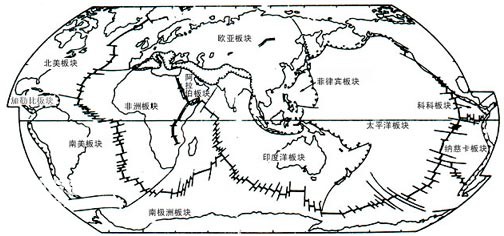
Schematic diagram of plate distribution
animal tags:
We created this article in conjunction with AI technology, then made sure it was fact-checked and edited by a Animals Top editor.